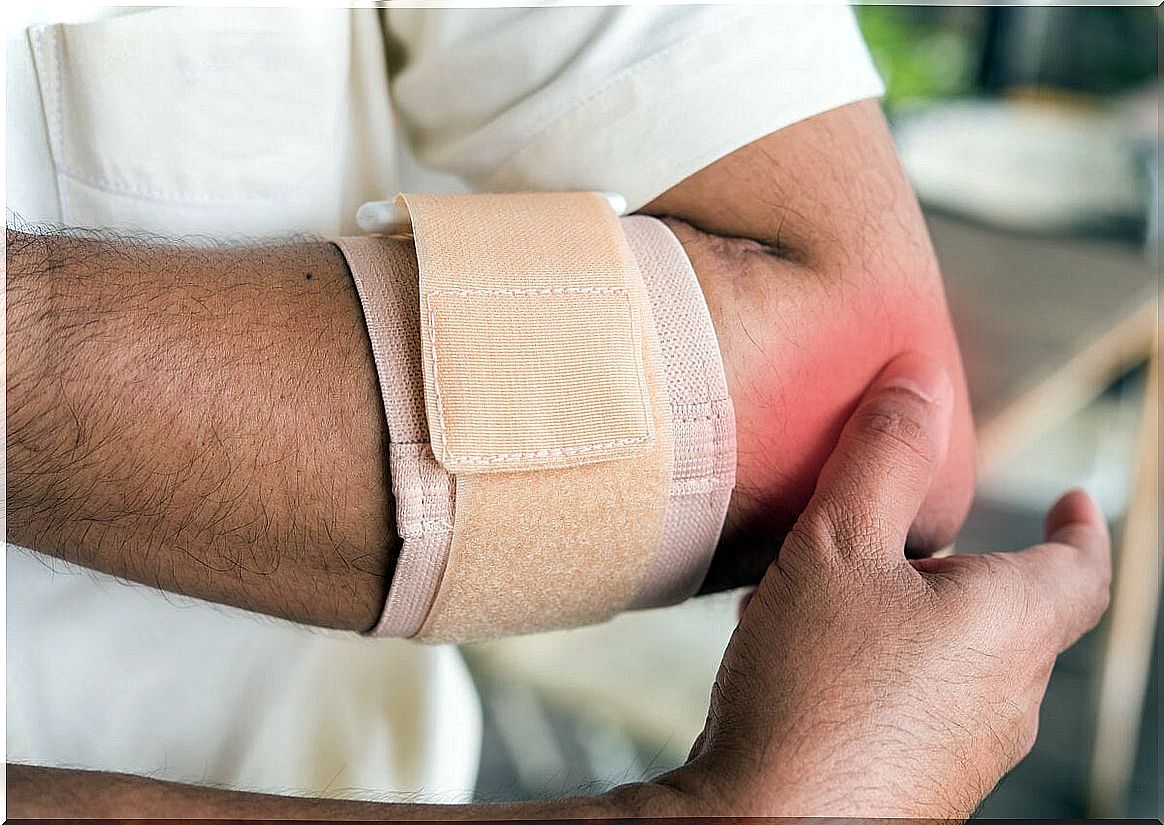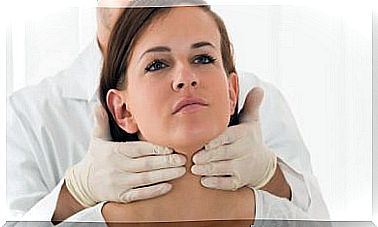How To Treat Tenosynovitis?
Treating tenosynovitis is one of the most common tasks in trauma. Along with tendinitis, it is one of the most representative conditions of the tendons.
A tendon is a type of fibrous tissue that connects the muscles and bones of the body. They are essential to control the movement of the different parts of the organism.
The pathology has a high prevalence, not only in athletes, but it can affect anyone. Treating tenosynovitis is essential to prevent the affected tendon from losing its usefulness in the future.
What is tenosynovitis?
Tenosynovitis consists of inflammation of the synovial sheath, which is an area that lines and protects the tendons. Under normal conditions, this structure produces synovial fluid that keeps the tendon lubricated.
When injury occurs in this area, fluid production can be disrupted. Also, the sheath itself becomes inflamed. Both events, which make up tenosynovitis, lead to the tendon not working as it should, losing its mechanical usefulness.
Damage to any tendon can translate into mobility dysfunction. For example, if a tendon that is part of the shoulder joint is injured, the arm most likely will not be able to move or will cause severe pain while doing so.

Causes of tenosynovitis
The truth is that this pathology has numerous etiologies or causal agents. In general, a distinction is made between acute and chronic tenosynovitis, according to their duration. All of them cause pain on palpation and limitation of movement.
It is important to note that, as we pointed out at the beginning, it is not an exclusive condition of athletes. It can be suffered by anyone. However, it is true that most of the cases occur in individuals who constantly perform repetitive movements.
The same happens when it comes to a prolonged posture, such as standing for a long time. In some cases, tenosivitis is caused by calcium deposits, gout, or even high amounts of cholesterol.
In particular, Quervain’s tenosynovitis should be highlighted, as it is one of the best known types. It affects the tendons of the wrist involved in the movement of the thumb. In some people, this pathology can be caused by an infection.
How is tenosynovitis treated?
The treatment of tenosynovitis varies, mainly, according to what is the cause that has caused it. What is sought is to reduce pain and inflammation. Therefore, the first measure that must be imposed is rest.
Ideally, avoid moving the affected part as much as possible. In some cases, physicians use immobilization using boards, splints, or bandages. In addition, medical treatment based on anti-inflammatory drugs is usually established.
For example, non-steroidal anti-inflammatory drugs (NSAIDs) such as ibuprofen are used. Corticosteroids can even be infiltrated if the pain does not subside. Applying cold compresses to the area helps to improve inflammation. On the other hand, when the cause is an infection, specific antibiotics are used.
An article published by the Manuela Bertrán University explains that transcutaneous electrical nerve stimulation is an option to treat the pathology in cases of Quervain’s tenosynovitis. It is a technique that focuses on pain relief.
Another study from the Universidad de la Frontera states that the use of extracorporeal shock waves improves the inflammation that occurs in the process. Both are novel techniques that represent an advance in the approach to tenosynovitis.
Other recommendations for treating tenosynovitis
Basic tenosynovitis treatment can improve the situation, but recovery may not be complete. In many cases, rehabilitation and physical therapy are required to improve and strengthen the area again. The weaknesses that can persist are harmful, especially in athletes who need to resume their training and activity.
In fact, in this way future injuries are also prevented in that affected area. In some cases, the pathology recurs and the only alternative ends up being surgery. Surgical approaches are varied and the choice of the method that best suits the clinical picture will depend on the traumatologist. In general, there is a trend towards arthroscopies based on small incisions that leave a minimal scar and have a very low impact on the tissues.

Prevention of tenosynovitis
Although the causes are varied, there are general prevention measures for tenosynovitis. The main thing is to avoid repetitive movements in our daily life. In addition, muscles must be strengthened to improve joint stability.
Warm-ups in sports activities and training according to individual capacities are essential to reduce the chances of future injuries. Overexertion hides behind many of the traumas that lead to painful consequences.
To prevent the tendon from suffering due to infection, it is essential to consider hygiene and proper wound healing. However, before any sign of microbial colonization, the first step should be to see a doctor.









